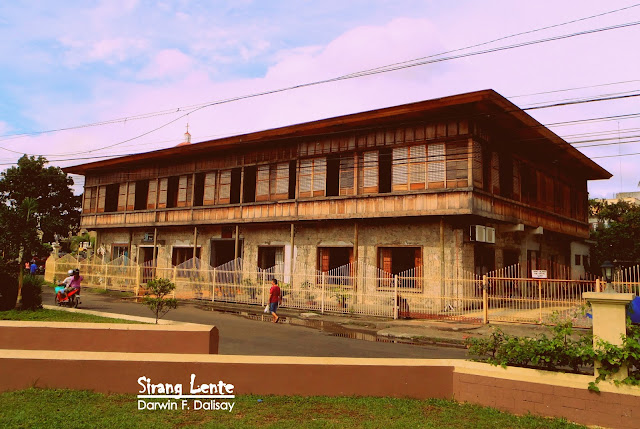
About Tanay Adventure Camp
Tanay Adventure Camp, nestled in the scenic mountains of Rizal, is a haven for thrill-seekers, nature lovers, and team-building enthusiasts. Surrounded by lush forests, rolling hills, and fresh mountain air, this adventure camp offers a wide range of exciting outdoor activities—from zip-lining and wall climbing to obstacle courses and camping. Whether you’re looking for a weekend escape or a group retreat, Tanay Adventure Camp is the perfect destination for adrenaline, bonding, and breathtaking views.









